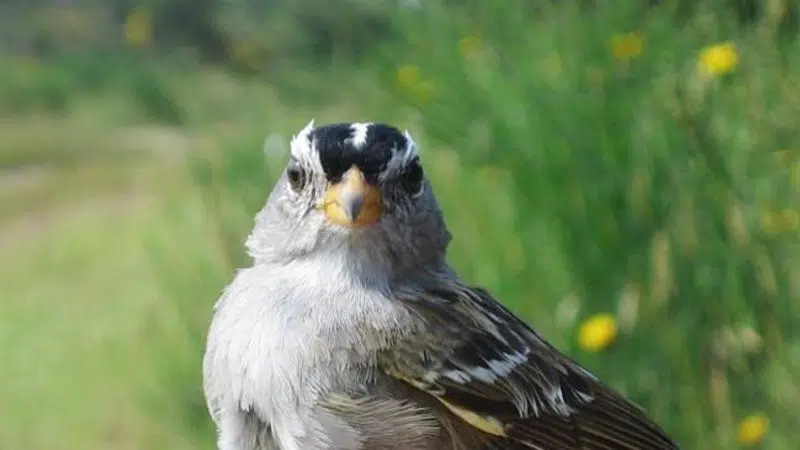
‘Strong and consistent effect:’ Research links common insecticide to bird harm
SASKATOON — Newly published research is providing more compelling evidence that a common insecticide is harming migratory birds.
In the first study to combine field and lab work, Christy Morrissey of the University of Saskatchewan has found that one type of neonic insecticide causes sparrows to lose weight and delay migration.
“The chemical seems to have a pretty strong and consistent effect on weight loss,” said Morrissey, whose research was published Thursday in the journal Science.
Morrissey was studying imidacloprid, one of a number of neonicotinoids that are among the most commonly used agricultural insecticides in Canada. They are chemically related to nicotine and disrupt the nervous system.


